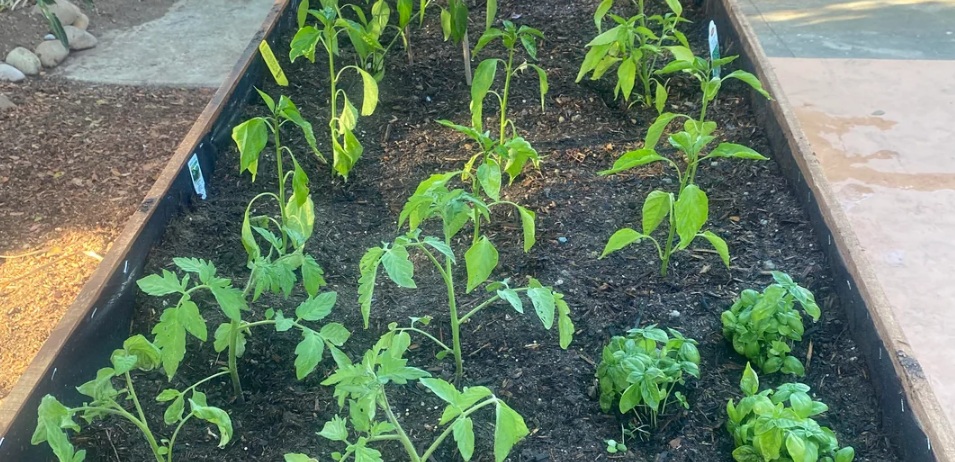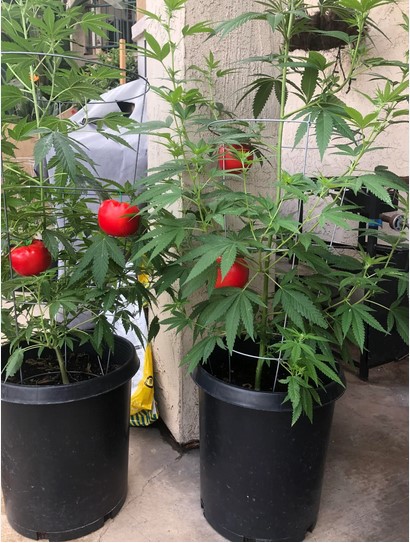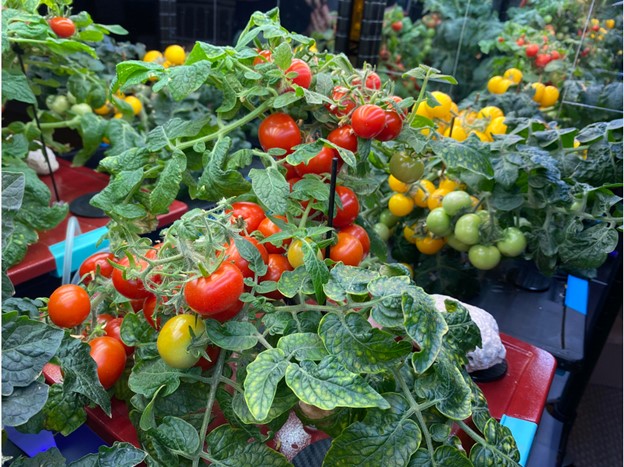Tomatoes are one of the most rewarding crops to grow in a home garden, offering vibrant flavor and versatility in the kitchen.
Whether you’ve started your tomatoes from seed indoors or purchased young plants from a nursery, successful transplanting is essential for a healthy, productive season.
But like all things in gardening, timing is crucial — especially if you’re wondering when it might be too late to transplant. Now here is a complete guide on how and when to transplant tomatoes to maximum yield.
Why Transplant Tomatoes?
Table of Contents

Tomatoes are typically started indoors or in greenhouses due to their long growing season. Once the risk of frost has passed and soil temperatures are warm enough, it can be planted in the garden or larger containers.
Transplanting allows the plants to develop strong root systems in controlled conditions before facing the outdoor elements.
Best Time to Transplant Tomatoes
 Soil and Air Temperature
Soil and Air Temperature
Tomatoes thrive when soil temperatures are consistently above 60°F (16°C), and air temperatures stay above 50°F (10°C) overnight. Daytime temperatures should ideally be between 70–85°F (21–29°C).
Timing by USDA Hardiness Zones
Zones 3–5 – Late May to early June
Zones 6–7 – Late April to mid-May
Zones 8–10 – March to early April
Seedling Readiness
A tomato seedling is ready to transplant when:
It has at least 2–3 sets of true leaves
It is 6–10 inches tall
It has a sturdy stem and well-developed roots
How to Transplant Tomatoes Step-by-Step

Follow these steps to transplant tomatoes:
-
Harden Off the Plants
Gradually expose seedlings to outdoor conditions over 7–10 days. Start with a few hours of shade and increase time and sun exposure each day.
-
Prepare the Soil
Choose a sunny location with well-draining, fertile soil. Work compost or aged manure into the top 6–8 inches of soil.
-
Dig Deep Holes
Tomatoes benefit from being planted deeply. Bury two-thirds of the stem, including the lowest leaves if necessary — roots will sprout along the buried stem.
-
Add Amendments (Optional)
You can add a small handful of compost, bone meal, or crushed eggshells to the hole for an added nutrient boost.
-
Water Thoroughly
Water immediately after transplanting and keep the soil consistently moist (but not waterlogged) during the first few weeks.
-
Mulch and Support
Add mulch to conserve moisture and reduce weeds. Install stakes or cages early to avoid damaging roots later.
When Is It Too Late to Transplant Tomatoes?
Timing your transplant is vital — too early and you risk frost damage; too late and your plant won’t have enough time to mature and produce fruit. Here’s how to know if it’s too late:
1. First Fall Frost Date
Tomatoes need 60–100 days (depending on variety) from transplant to harvest. Check your region’s first expected frost date and count backwards:
If you have fewer than 60 frost-free days remaining, it’s likely too late for a full harvest.
Some fast-maturing cherry tomato varieties might still work, but yields will be limited.
2. Plant Stress
If your tomato seedlings have become root-bound, leggy, or yellowed from staying in pots too long, they may struggle even if planted late.
3. Heat Stress
In hot climates (especially USDA Zones 9–10), transplanting after mid-May to early June may expose young plants to heat stress, causing flower drop and poor fruit set.
What To Do If It’s Too Late
If you’ve missed the ideal transplanting window, here are a few options:
- Grow in containers – Move plants to pots and place them in sunny spots. This gives you control over growing conditions and can extend the season slightly.
- Try a greenhouse or cold frame – These can help you stretch the season into fall.
- Switch to fast-growing crops – If tomatoes are off the table, plant short-season vegetables like lettuce, radishes, or bush beans instead.
Tips for Successful Transplants

- Don’t over-fertilize early — too much nitrogen can cause lush foliage with little fruit and later the plants can stop producing tomatoes.
- Space properly — allow at least 18–24 inches between plants for airflow and disease prevention.
- Watch for pests — late-planted tomatoes may be more vulnerable to insects like aphids and tomato hornworms.
Wrapping Up
Transplanting tomatoes is a critical step that can make or break your harvest. Aim to transplant after the last frost but early enough to allow your plants a full growing season.
If you’re within two months of the first frost, it may be too late for a meaningful crop — but fast-growing varieties or container gardening can help you squeeze in a late-season harvest.
Whether you’re a seasoned grower or a first-time gardener, getting your timing right can reward you with a bounty of sweet, sun-ripened tomatoes all summer long.
Leave a Reply